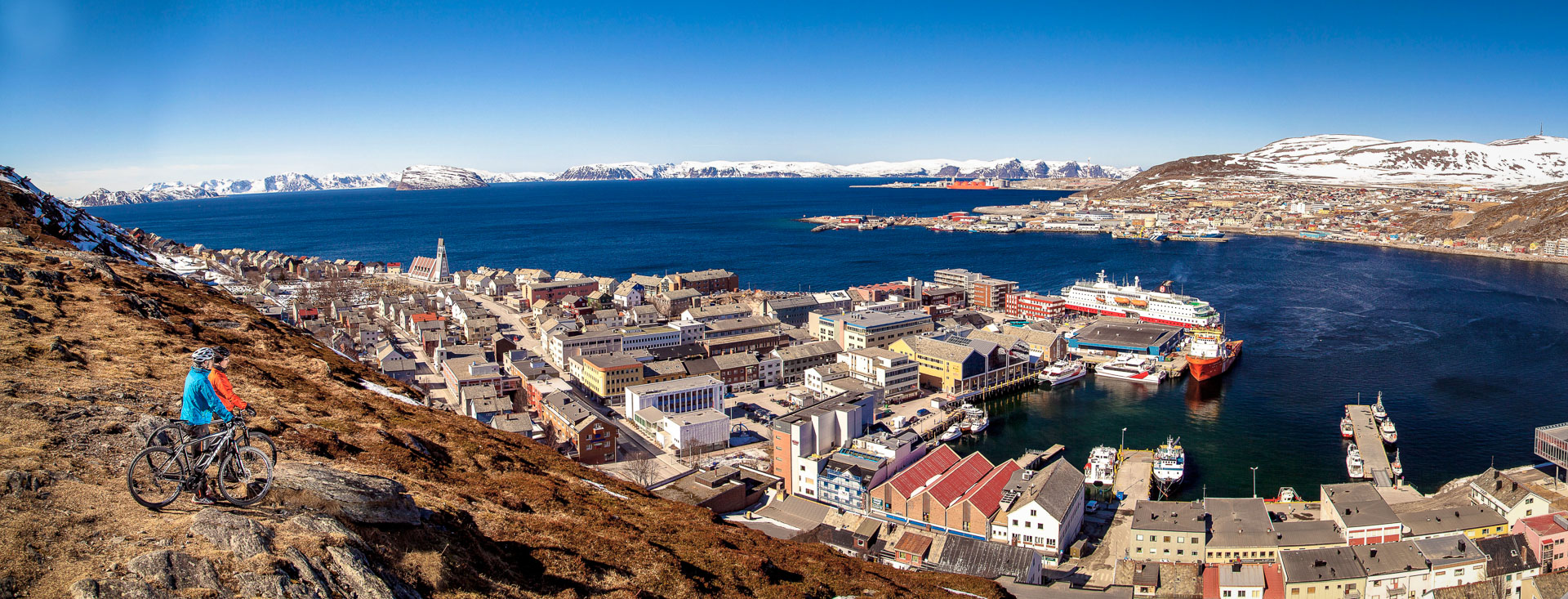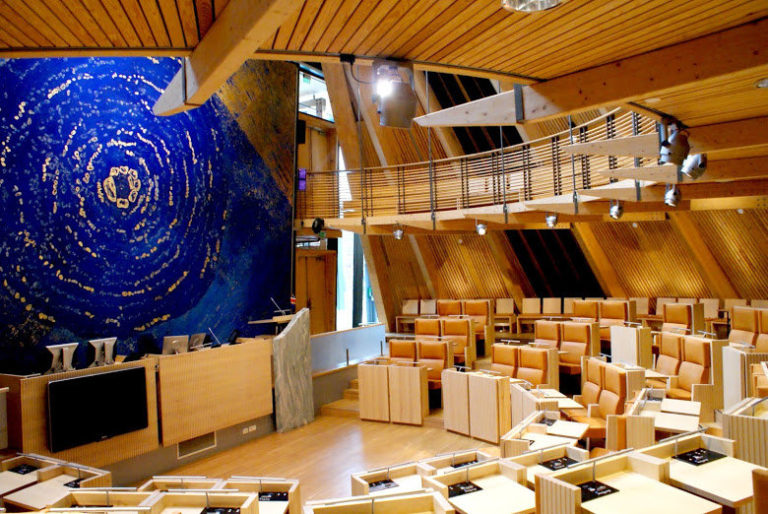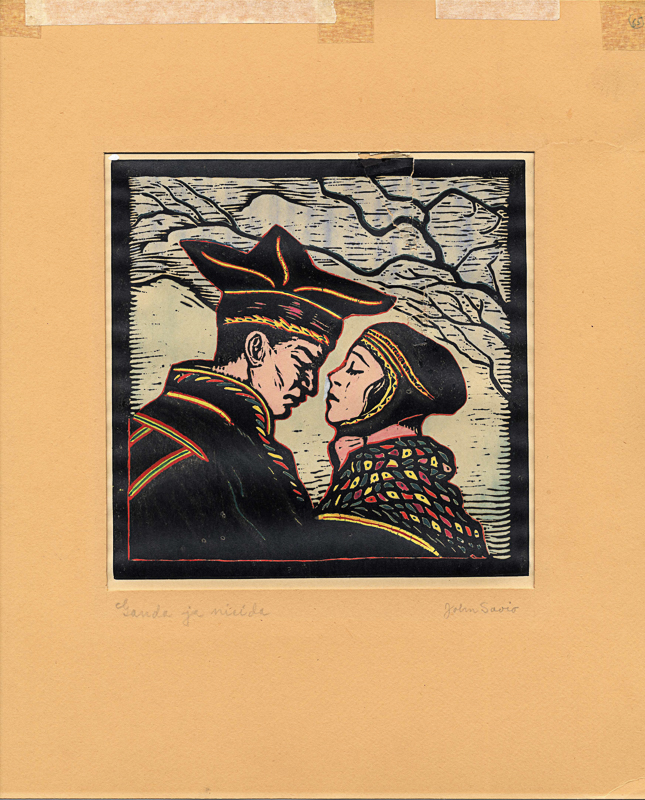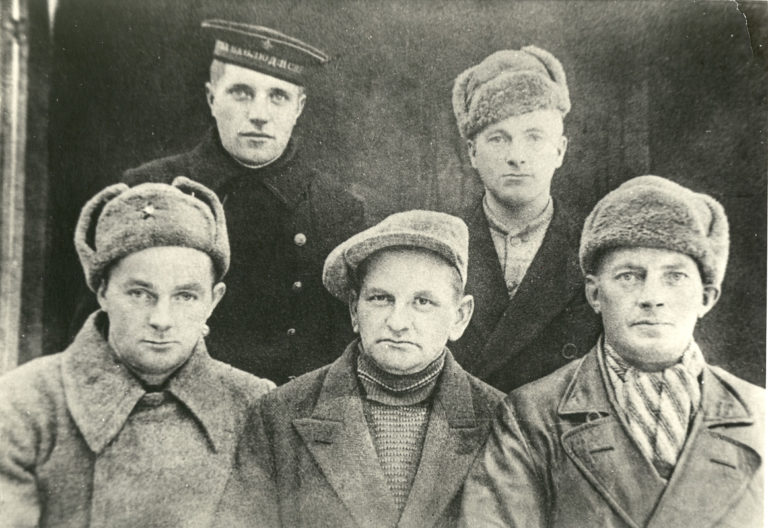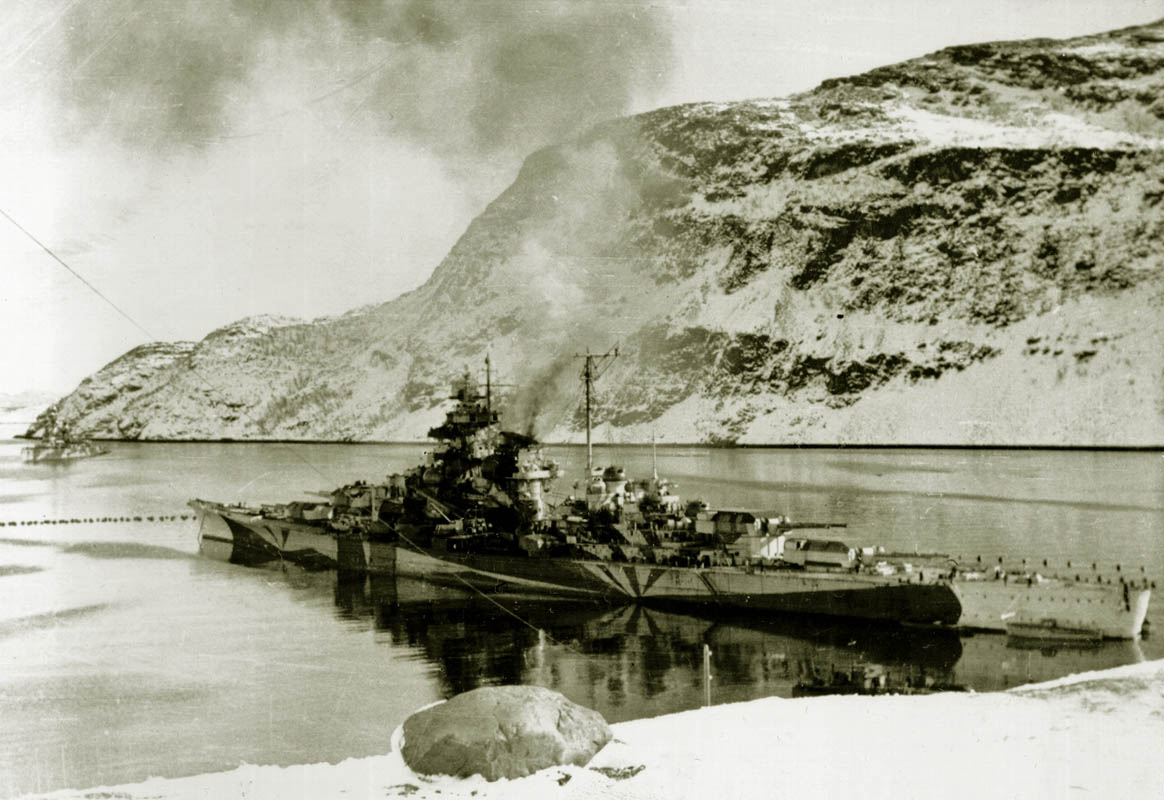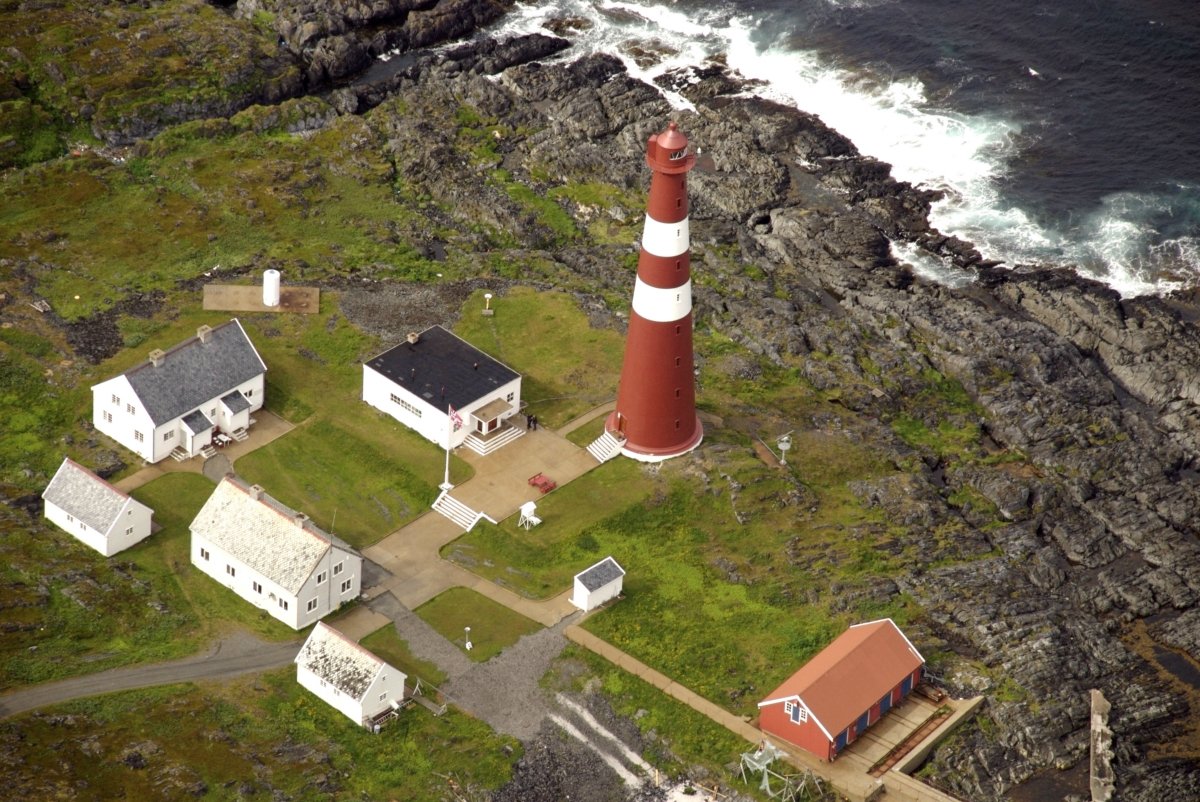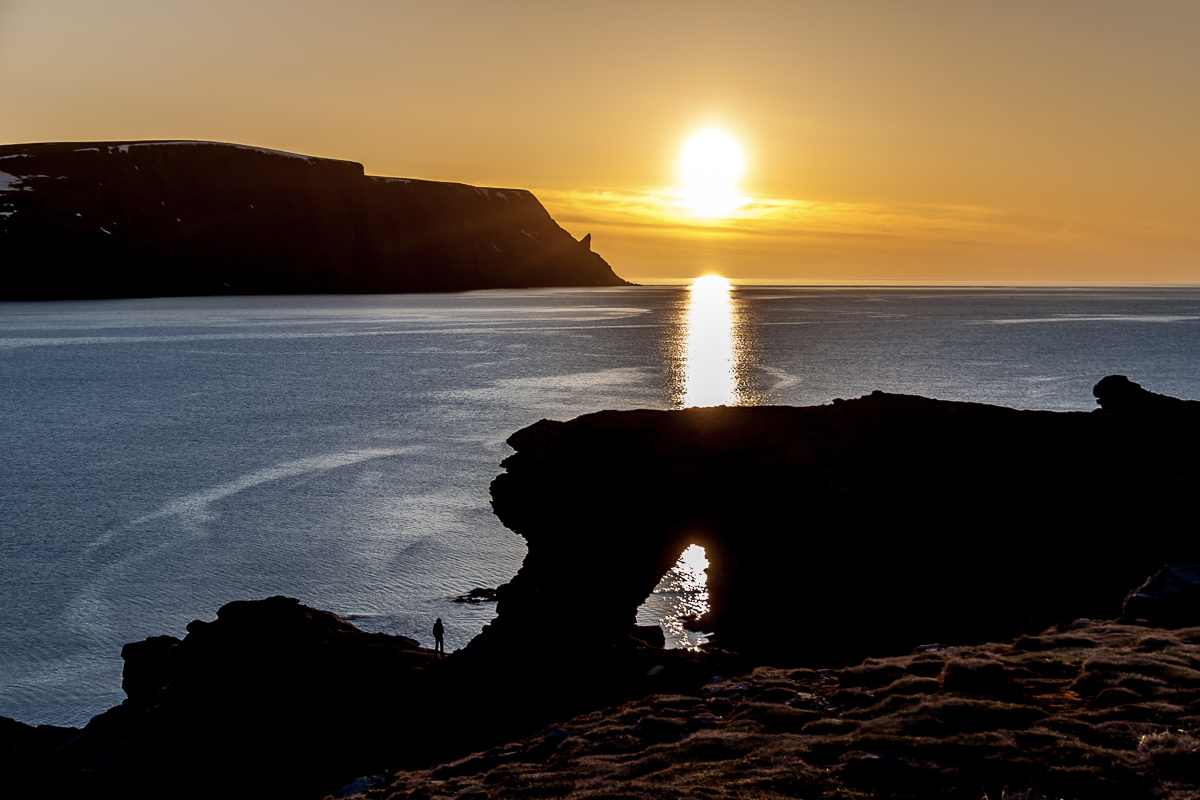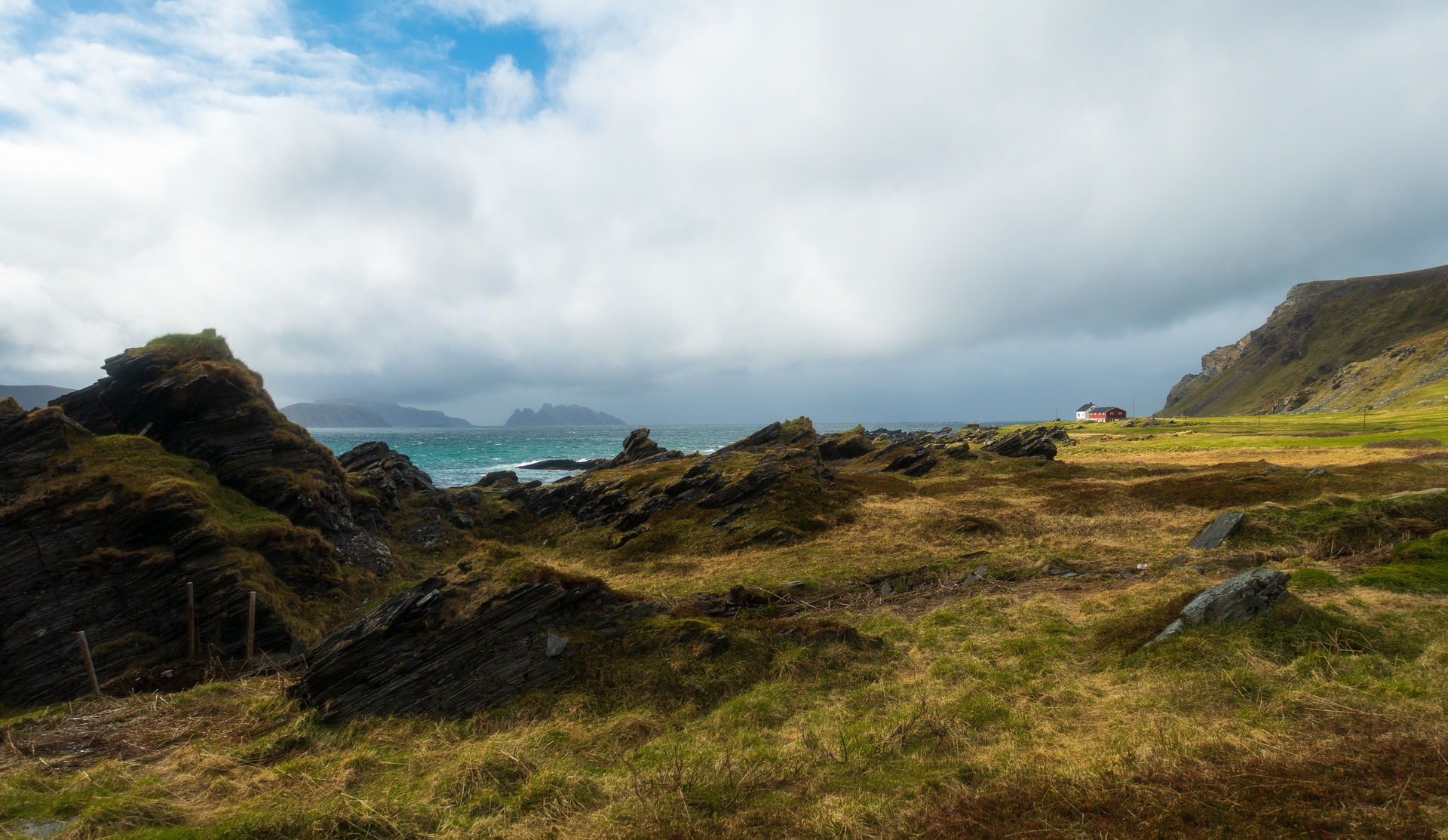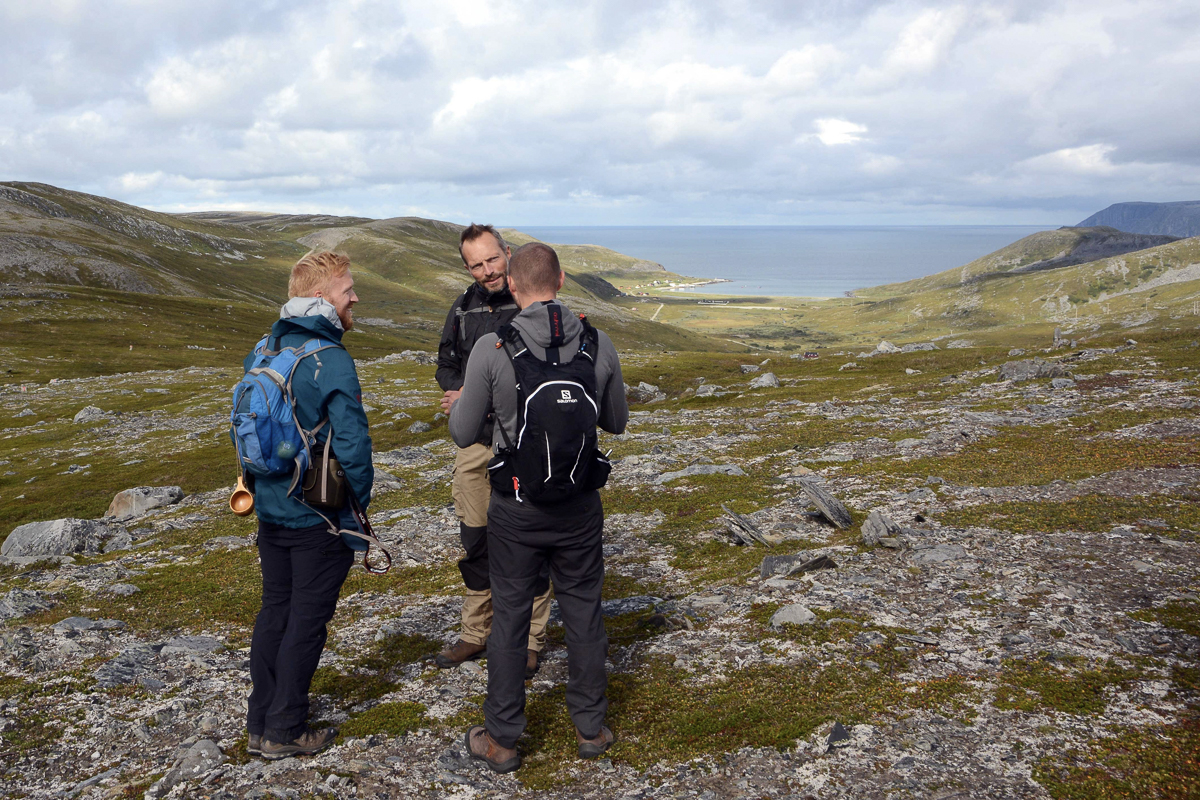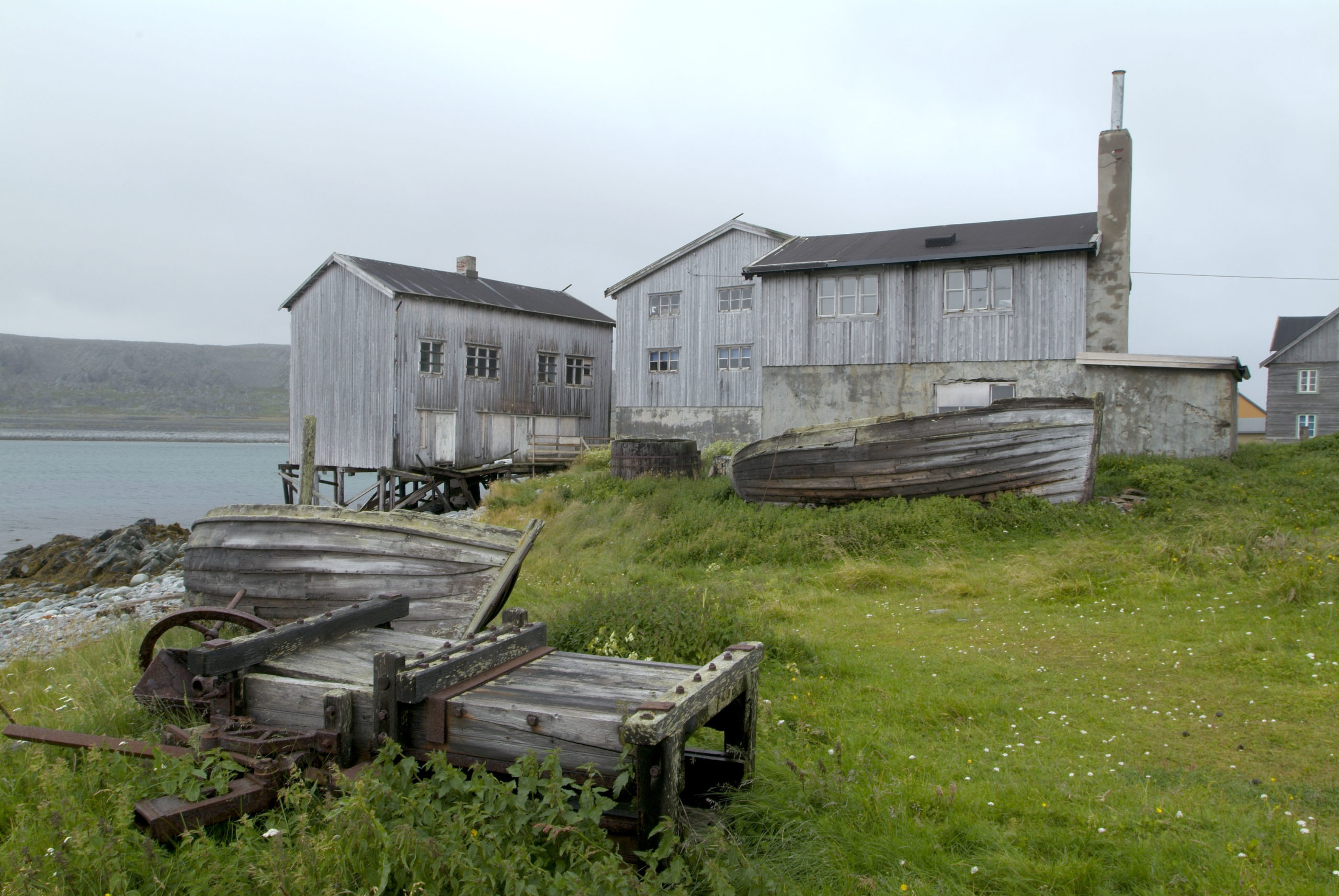You will not get farther north in Europe than Finnmark. In the summer, you notice the high latitude of the midnight sun and the bright nights in refreshing temperatures surrounded by the beauty of Arctic vegetation. If you come here when summer is at its brightest, you can explore beautiful nature and a unique and varied cultural heritage.
Norway’s extremes are found in Finnmark
Finnmark is as far north as things come. The North Cape has been a famous landmark on the seven seas and a milestone for every traveller since the 16th century. Knivskjelodden, which is close by, is 1400 meters farther north. Kinnarodden is located on the NordKyn Peninsula. It is the northernmost point of the mainland. Slettnes lighthouse is nearby. Hornøya is Norway’s easternmost point, while the East Cape, Kibergneset, is located furthest east on the mainland. Grense Jakobselv is a small village on the Russian border, where it meets the Arctic Ocean. Hammerfest proudly calls itself the world’s northernmost city.
Summer in Finnmark is bathed in light
A summer day in Finnmark lasts for over two months. As early as May 13th, the sun stands due north at midnight over North Cape, and then it shines for 78 days until it sets at the end of July. Farther south in Finnmark, the period of the midnight sun is a few days shorter on each side, but the summer day is still two months long everywhere. Summer is an exceptional time here; kids can stay up as long as they want, the festivals last well into the night and it is a great time to visit the mountains.
Discover Finnmark’s rich history
There are many indications that the first people to migrate to Norway lived in Finnmark. The petroglyphs in Alta and the archaeological traces at Mortensnes point to several cultures that replaced each other throughout history. Finnmark’s history is about the Sami culture that developed over millennia, about the state of Norway positioning itself in Finnmark to compete with Sweden and Russia, about border disputes, waves of immigration from Norway and Finland and about the dramas of World War II.
The Sami are the oldest culture in Finnmark
Sami culture can be traced back at least two thousand years. Hunting, fishing and seasonal migration were part of the life of the early Sami. Domestic reindeer husbandry began in the 16th century, while others settled along the fjords to run simple farms combed with hunting and fishing. Along the great rivers, salmon fishing was a major industry along with cattle ranching and hunting. From the 19th century onwards, and especially in the first half of the 20th century, the Sami were subjected to a harsh, systematic and federal process of Norwegianisation. The Sami language was lost in many areas. Today, the Sami language and culture are having a new renaissance, where old customs adapt and live with modern technological and social development.
The war left its mark on Finnmark
No other area of Norway experienced so many acts of war and so much drama and human suffering as Finnmark during World War II. In the summer of 1941, Kirkenes and East Finnmark came under fire when Germany attacked the Soviet Union from here. The small towns were bombed, the Hurtigruten coastal steamer was torpedoed and the Germans built strong concrete bunkers on all headlands with the help of Soviet slave labour. Young people went over to the Soviet Union to be trained to become partisans and resistance fighters. In the autumn of 1944, however, the Red Army was able to move into Kirkenes. When the Germans withdrew to a new line of defence northeast of Tromsø, the population was forcibly evacuated south and practically everything of houses, telegraph poles, quays and other infrastructure was destroyed. In the spring of 1945, most Finnmarkings were living somewhere else, and virtually all the buildings were in ruins.
A new Finnmark rose from the ashes
The people of Finnmark returned home in 1945. Finnmark was rebuilt, new and modern, in a national campaign. The reconstruction architecture from this epoch is now characteristic for the entire county and gives it a distinctive character. The beautiful, simple lines are now coming into their own, and a dignity has arisen after being misunderstood for decades.
Finnmark rose from the ashes
Hiking in Finnmark is for almost everyone
One would think that nature in Finnmark was only for the toughest among us. However, the soft curves in the landscape make the landscape easy to hike, without height difference being too great. Certainly the toughest among us can take long hikes through Finnmarksvidda, the Finnmark highlands, but here and along the coast there are nice trails that almost everyone can hike. Bring a backpack with extra clothes because the summer weather in Finnmark has entertainment value in itself.
Summer weather is a crapshoot
The weather is as temperamental as the Finnmarkings themselves. When the high pressure from the east settles over Finnmark, the highest inland temperatures are measured in places like Karasjok and Nyrud in Pasvikdalen, and even out at Makkaur lighthouse we can experience tropical nights. East Finnmark may have fine weather on occasion while the entire Norwegian coast is covered in a downpour. If the weather comes from the northwest it brings icy rain, single-digit temperatures and snow on the peaks in western Finnmark can occur, so it is wise to have some thermal underwear in your luggage! The ‘northeaster’ is quite common weather in the summer. It brings cool air, around eight degrees in Vardø and 12-14 inland. It often brings clear skies and is perfect for being outside if you have a good, windproof jacket.
Hard on the eyes
Drive around Finnmark on your own
If you are curious and adventurous, you might consider driving through Finnmark on your own. We have proposed two round trips in Finnmark that are easy to complete in a few days: the Alta-Hammerfest-Nordkapp triangle and the trip through East Finnmark starting in Kirkenes. We have also sketched out a larger trip that includes Inner Finnmark and Nordkapp, the North Cape. It is all loosely described and is more for inspiration than to be followed slavishly. Two Norwegian Scenic Routes are located in Finnmark, and we also highly recommend a detour to Båtsfjord and Berlevåg.
Finnmark is infinitely varied
Every place in Finnmark has its own personality, like Alta (which is called Finnmark’s Italy for its green lushness) to Vardø which is in the Arctic climate zone. The people of Honningsvåg tease those from Hammerfest and vice versa, while things get quieter up on the Finnmark highlands. All these places are described in more detail on our destinations webpages, and we have divided the county as follows:
Let yourself be surprised by Finnmark
When travelling around Finnmark, variety is endless. Colourful modern fishing villages, or the few and small places that survived the war, pleasant boat trips you can take to remote small hamlets, art, culture and special cliffs and formations. The people of Finnmark themselves often make an even bigger impression; moody, humorous, loud and straight to the point along the coast, yet more modest and unassuming inland. That part of the journey you will have to create yourself, but you won’t find that difficult.




